Subscribe to Old Baseball Photos and Essays for automatic updates (sign-up block found in right side-bar)
As a Free Bonus for subscribing, you’ll get instant access to my two Special Reports: Memorable World Series Moments and Gary’s Handy Dandy World Series Reference Guide!
Eddie Cicotte and the 1919 Black Sox Photo Gallery
Click on any image below to see photos in full size and to start Photo Gallery:
Let’s Take Another Look At The Black Sox Scandal:
Eddie Cicotte’s Performance in Game One
“I did it for the wife and kiddies.” -Eddie Cicotte
Those of you following my recent posts about the 1919 World Series know that my only point has been that I have my doubts that the “conventional wisdom” is telling us the whole story. So I’ve been offering up some “food for thought,” uncovering oddities from the series that just don’t seem to add up, while trying to make sense of the whole sordid affair. My last post showed that many of the eye-witness accounts don’t seem to jive with the accepted version. Here’s another one along those same lines.
Take, for instance, Eddie Cicotte’s performance in Game One. After taking a good look at it, I’ve found it raises questions that don’t have easy answers, especially since the “conventional wisdom” tells us that the first two games were definitely thrown.
The Ace of the White Sox Staff
The Reds were the home team. The game was played on October 1, 1919, at Cincinnati’s Redland Field in front of 30,511 fans in 1:42. As the ace of the staff, Eddie was slated by manager Kid Gleason to pitch the opener. He was coming off a phenomenal year, going 29-7 (.806), with a 1.82 ERA, leading the league in wins, winning percentage, and complete games with 30.
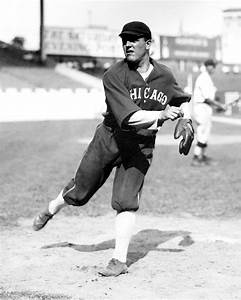
The White Sox took a shellacking, losing 9-1, so it’s always been assumed that Eddie intentionally “threw” this game, or at least didn’t give it his best effort.
Eddie Hits the First Batter
It’s generally accepted that by hitting the first batter, Morrie Rauth, with the second pitch of the game, Eddie gave the signal that the fix was on. Of course, that raises an interesting question about the first pitch, a called strike fastball. What if Rauth had swung and hit it? What then? What would happen to the “signal”? We’ll set that question aside for the moment, as we address other issues.
Author Victor Luhr made an interesting point in his 1966 book The Great Baseball Mystery, suggesting Eddie played to win after that first batter; but added:
“He was in such bad mental shape as a result of his involvement in the scandal that he was hardly fit to pitch the opener.”
That statement fits nicely with Chick Gandil’s contentions in the 1956 interview with Sports Illustrated about the mental state of the players as the series opener approached. It also fits in nicely with the conclusion I’ve written in previous posts:
“In the days before the start of the 1919 World Series, the entire sordid episode became a blurred, surreal sequence of events where no one really knew what anyone else was doing or thinking. A few may have cracked under the intense mental stress, as Chick Gandil implied in his 1956 interview with Sports Illustrated.”
Was Eddie a Ringleader?
There’s no doubt that Eddie was heavily involved with the planning of the fix. Some say he, along with Chick Gandil, was a ringleader. It’s also pretty certain that Eddie pocketed a cool ten grand before the series started. He clearly had a motive: He was making half of what he was worth. But by the time the Series started, Eddie was deeply remorseful, possibly more so than any of the others, and was mentally anguished by his actions. He was the first to “come clean” in his tearful testimony before the grand jury that broke open the floodgates to the scandal.
Anyway, back to the first game…
The Reds pushed Rauth across and took an early 1-0 lead. The White Sox came back and tied the game in the second off Dutch Ruether. That’s how the game stood going into the fateful bottom of the fourth when the roof caved. But was it Eddie’s fault? Read on and decide for yourself.
The Fatal Fourth Inning
The inning started innocently enough with Edd Rousch flying out to Felsch in deep center. The next batter, Pat Duncan, then singled to right. One on, one out.
Now here’s where it got interesting: Eddie then made what was described as a “dazzling” defensive play, fielding a hot shot off the bat of Larry Kopf. Eddie made an accurate throw to shortstop Swede Risberg to force Duncan at second. But Risberg’s relay to Gandil was late by an eyelash, costing Eddie an inning-ending double play. Two outs, man on first.
Eddie again appeared to have the third out when the next batter, Greasy Neale, hit a lazy pop fly to short left. Risberg went back on the ball, had it in his glove, but failed to hold on. As Victor Luhrs described the play:
No error was charged, but Eddie really had gotten his man. Given the extra outs, the Reds took advantage and went on to rout the White Sox, scoring five runs after two outs, and Eddie was out of the game. In sportswriter I.E. Sanborn’s Chicago Tribune account, “the Reds’ rally hung on the toenail of Kopf beating Risberg’s throw to first.”
Too bad there weren’t replays and appeals back then!
Was it Eddie’s Fault?
Can this disastrous inning really be blamed on Eddie Cicotte? The White Sox defensive gave the Reds two extra outs; and, as a great team should, they took advantage of it. Eddie should have been out of the inning with no runs and the game tied at one. Who knows what the outcome would have been if either of these plays had been made? Would we even be talking about this Series today? Incidentally, had an error been charged, those five runs would all have been unearned, and Eddie’s performance would have looked a lot better.
This fits my theme that there’s more to the Series than meets the eye. The more I delve into the details, the more inconsistencies with the conventional wisdom I discover. Here’s one of my favorites, as quoted by Umpire Ernie Quigley. He cited two great plays by Edd Roush and Morrie Rauth:
“But for these two plays, the White Sox would have won at least two more games, which would have meant the Series for them.”
It’s hard to jive the conventional wisdom with a statement like that…
A remorseful Eddie Cicotte always claimed he was trying to win after the first batter:
“I pitched my best afterwards. I didn’t care what happened. They could have had my heart and soul if I could have gotten out of the deal. I lost because I was hit, not because I was throwing the game.”
Even “Clean Sox” catcher Ray Schalk said, “Eddie gave his best all the way.” I must repeat: All this is not to excuse Eddie Cicotte or the Black Sox. Conspiring with gamblers to throw the World Series was a serious offense. They got what they deserved and they knew it. The acceptance of dirty money irreversibly tarnished their reputations and made their future protestations of innocence ring hollow.
It’s just that we’re trying to uncover the truth in the details…
Gary Livacari
Photo Credits: All from Google search
Information: Excerpts sourced from Burying the Black Sox, by Gene Carney
Cast Your Vote in Our New Poll Question: How Do You Feel About Judge Landis’ Verdict Against the “Eight Men Out”? https://wp.me/p7a04E-5IF
We are a participant in the Amazon Services LLC Associates Program, an affiliate advertising program designed to provide a means for us to earn fees by linking to Amazon.com and affiliated sites. Click here to view Amazon’s privacy policy
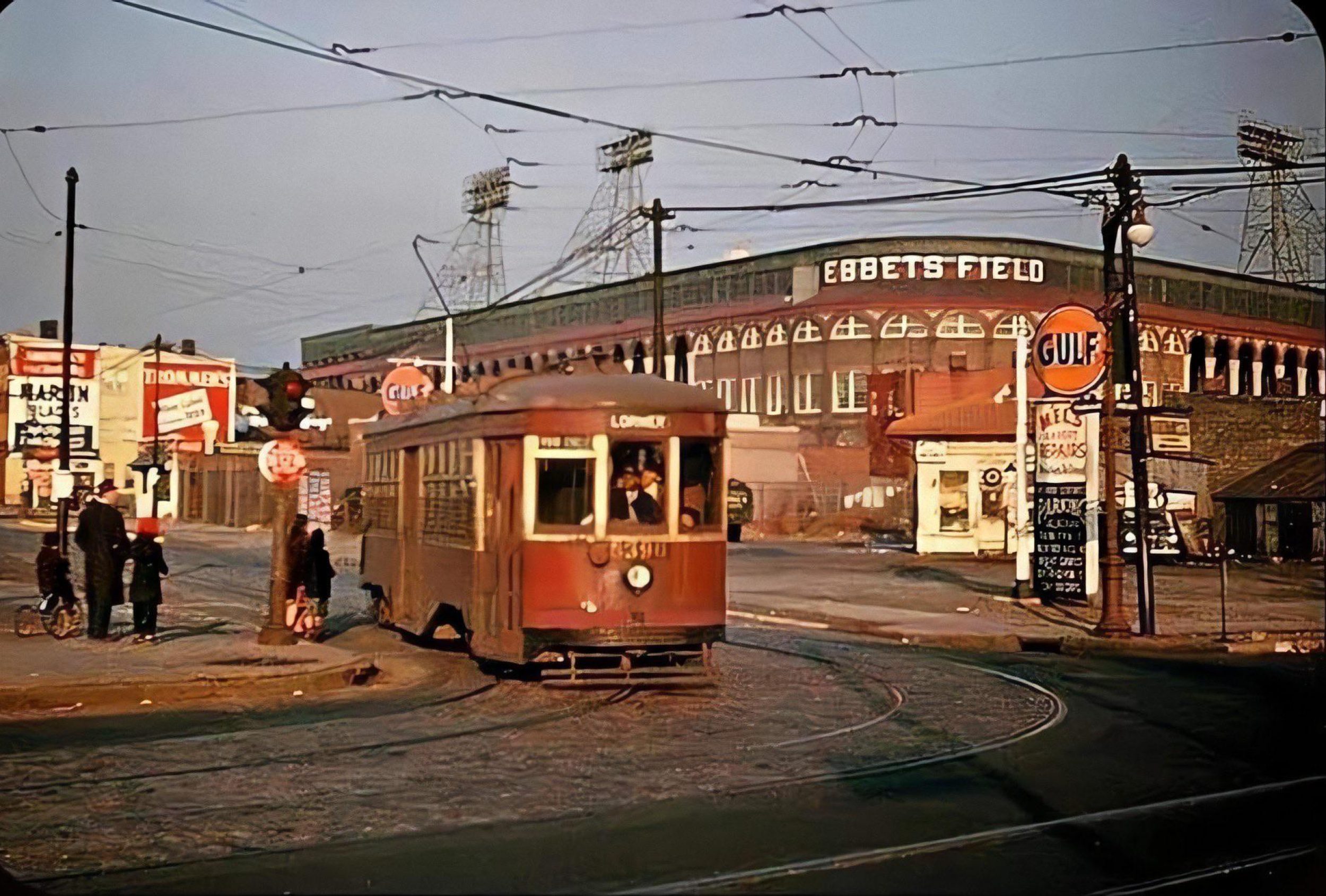
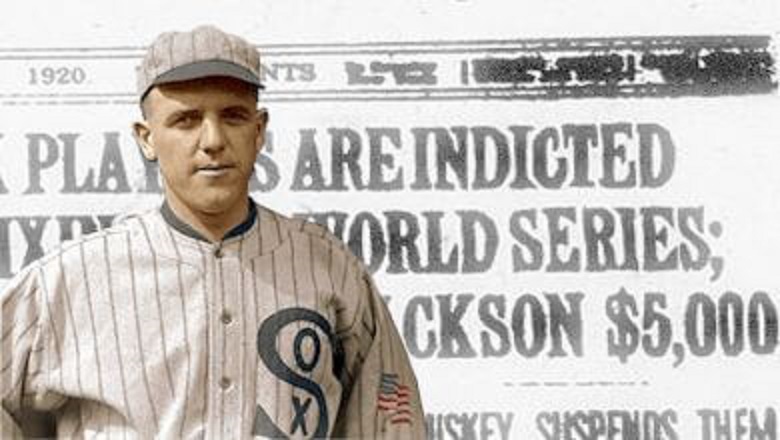
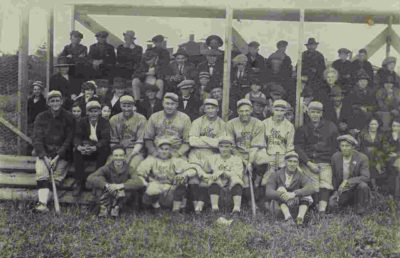
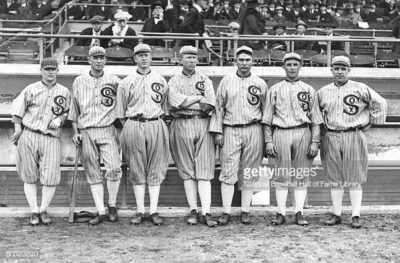
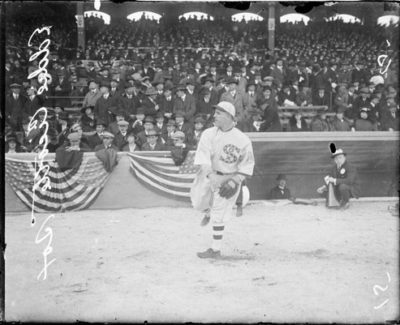
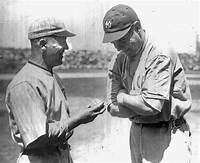
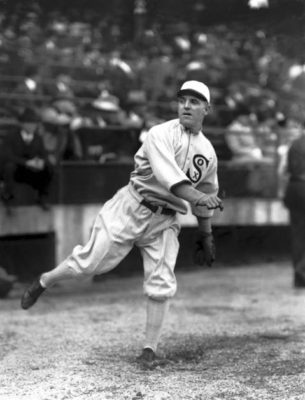
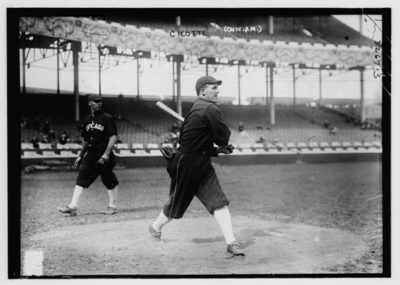
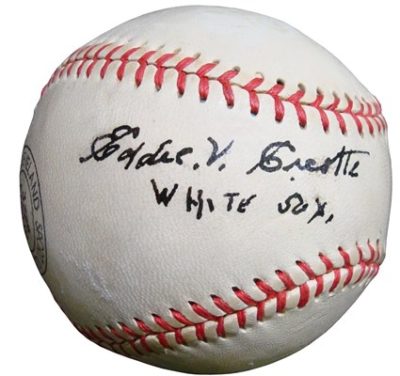
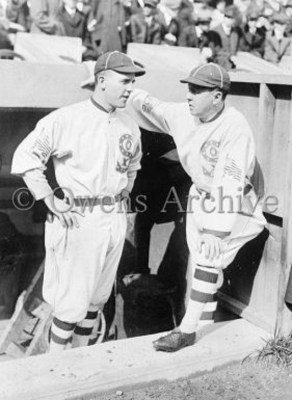
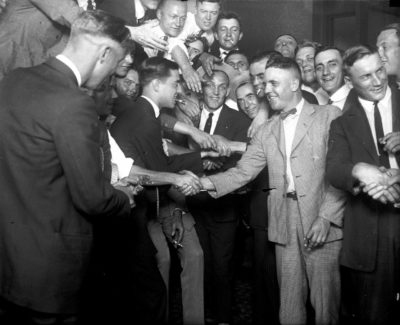
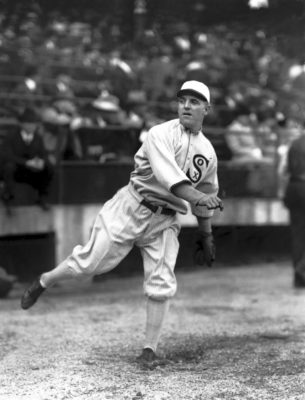
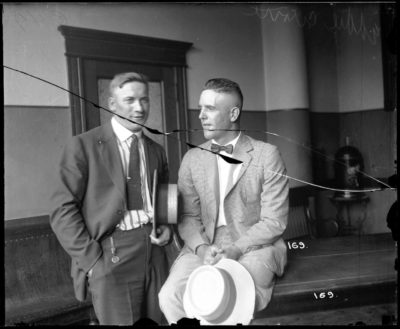
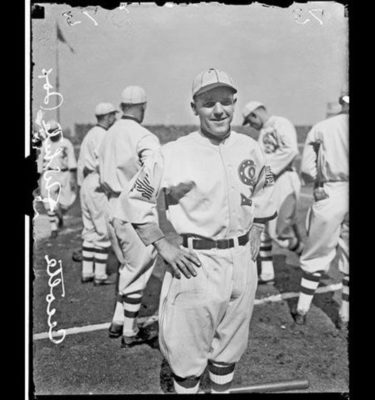
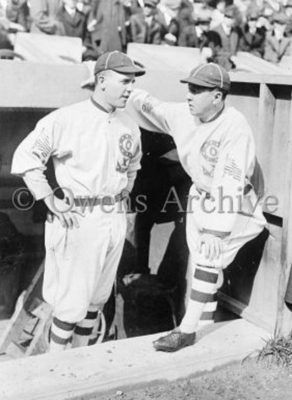
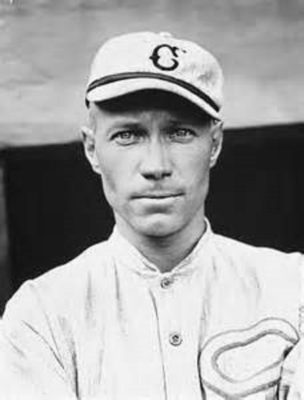
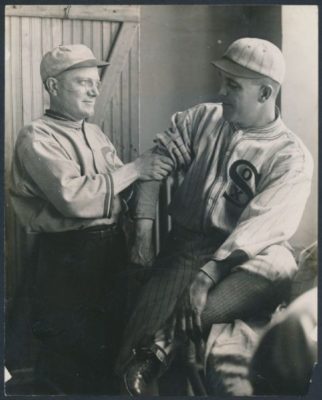
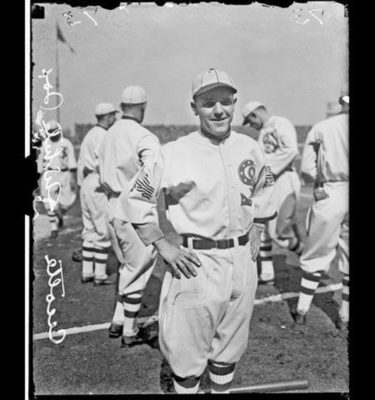
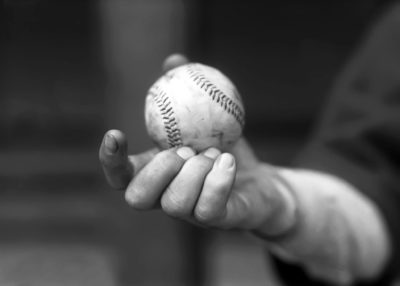
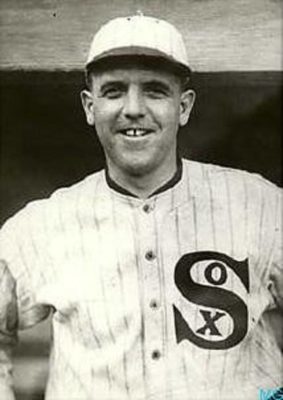
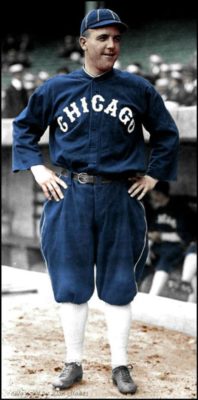

Thank you for writing this, Gary.
I am glad to have found it, as I have always wondered why Cicotte hit Rath with second pitch and not the first.
I have always speculated that it might have been too obvious to hit him with the first pitch, or that he decided to leave things up to fate; he would throw a strike and if Rath hit the ball, Cicotte would then pitch to win, if Rath took the pitch, Cicotte would send the signal on the second pitch.
Thanks Jamie…very interesting thoughts.